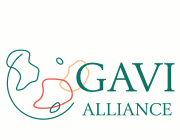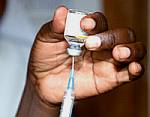 |
|
|
Injection Safety
Injections are required to deliver many vaccines and other treatments. However, unnecessary injections are often given because of the widespread belief that they significantly increase the effectiveness of all medications — even vitamins. Receiving a treatment via an injection can increase the speed with which medicine is utilized by the body, but, much like the over-prescription of antibiotics, there are times when too much of a good thing is harmful. When there is insufficient access clean injection equipment or to proper sterilization methods, injections' strength, delivering substances directly into the blood stream, becomes a hazard, directly transmitting diseases from one person to another. This puts both the general public and health workers at great risk for contracting Hepatitis B, C, or HIV, as well as other diseases. While immunization accounts for only 10% of injections given worldwide, efforts to improve injection safety are considered central to immunization services, because vaccination's prominent place in public health policy will hopefully improve injection safety overall. Current efforts to improve the safety of injections center around education, AD (auto-disable) syringes, syringe “defangers” to break needles, developing more vaccines that can be delivered by mouth, like oral polio vaccine (OPV), and developing needle-free injectors, like Uni-ject. |
Further reading: The Safe Injection Global Network website WHO injection safety page WHO immunization safety page First, do no harm Injection safety: a global challenge (PDF - 41K) |
||||||
|
|
|
Copyright © GAVI |
